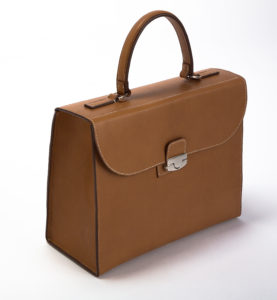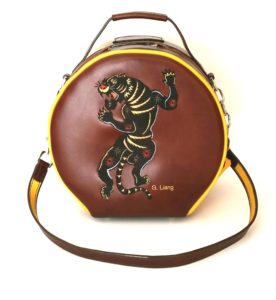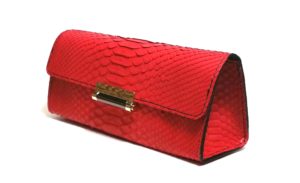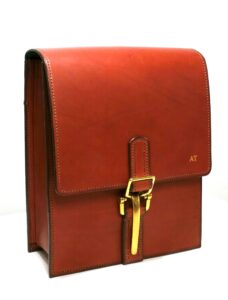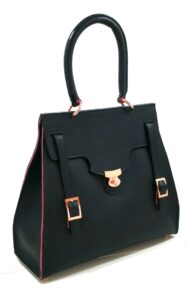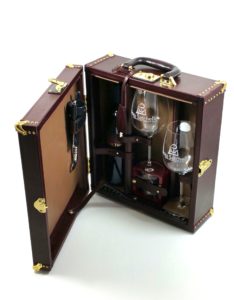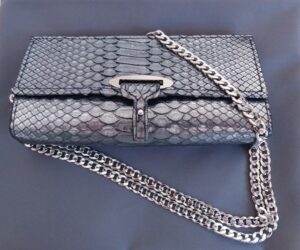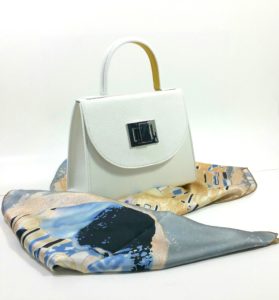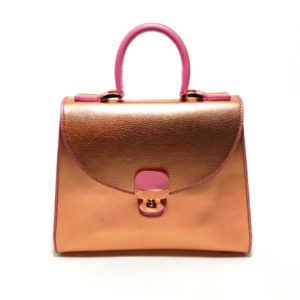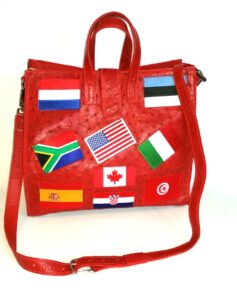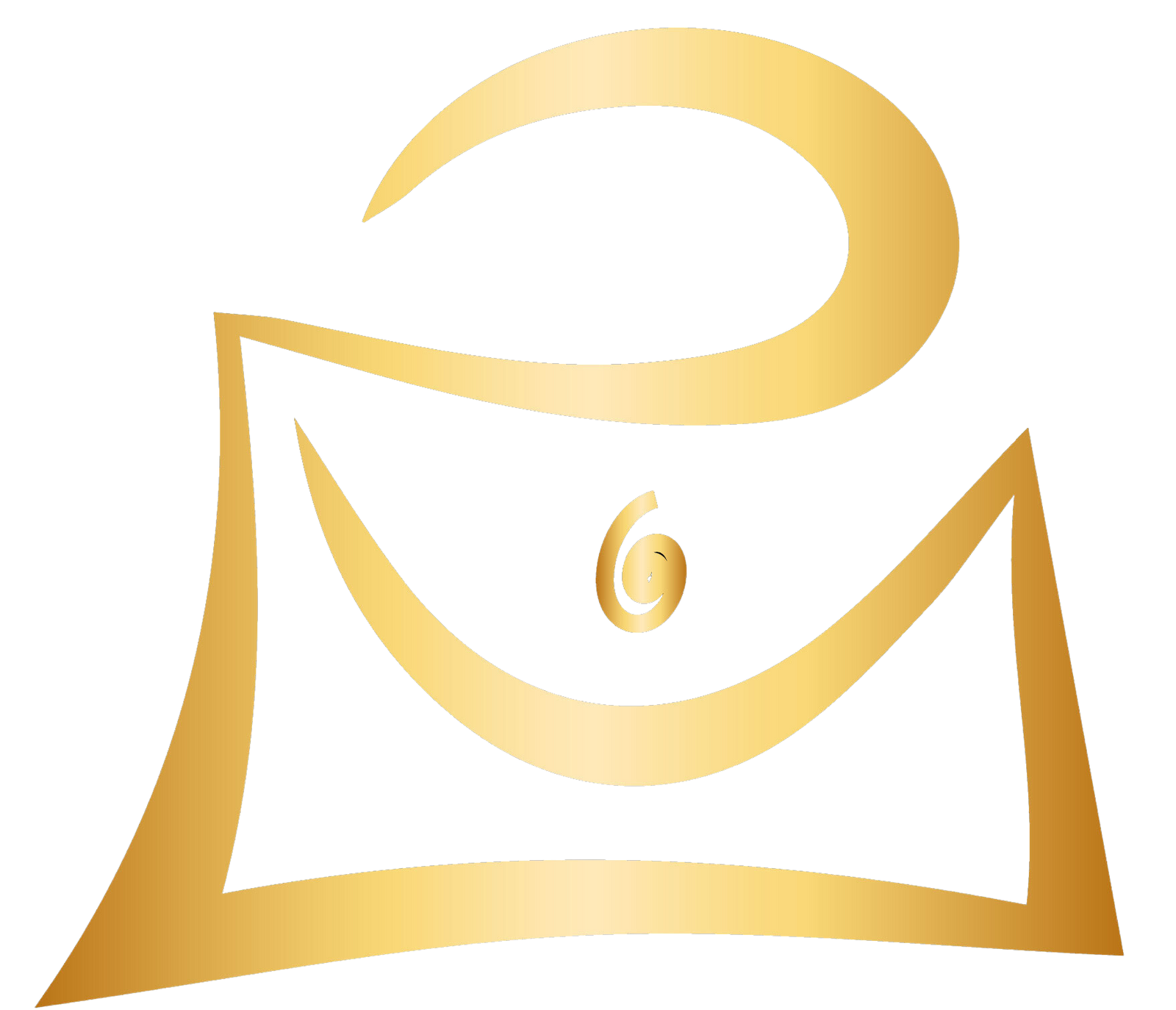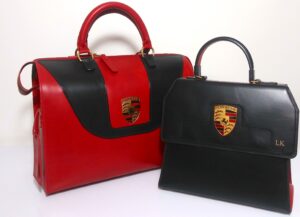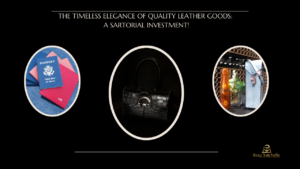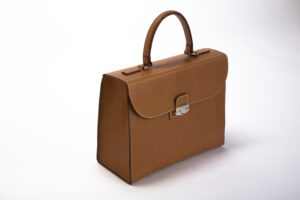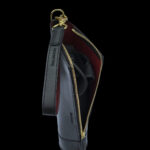Working with several cobblers and leather cleaners who maintain and clean our personal travel bags and shoes, we are exposed to a treasure trove of information about the science of cleaning leather. The various approaches used to clean specific leathers, especially footwear is quite fascinating. Unlike handbags and travel bags which may not see a ton of daily use and, in most cases, handled a tad gentler, leather shoes typically are going to get a serious work-out.
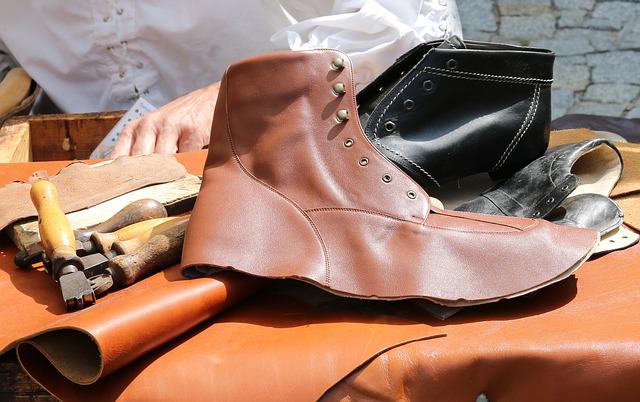

Humans have relied on foot coverings made from hides for several thousand years in protection from injuries and natural elements. By being breathable, providing a thermal barrier, supple, and being durable, leather provides the best material for a functional shoe. In modern times, shoe styles were influenced by fashion and seen as a status symbol and have over the decades evolved into designs for specific functional and fashionable uses (sneakers, sandals, boots, slippers, etc.).


First, let’s summarize the most common grades of leather:
1. Full Grain – the top layer of the hide, it’s the highest quality and toughest of the layers and comes with all the imperfections. Because it absorbs body oils quicker and will develop the beautiful patina that many people love.
2. Top Grain – second-highest grade and is split from the top layer. The surface is sanded to get rid of imperfections. The leather is smoother and is used to produce suede and nubuck. High–end Handbags and jackets are normally made from this grade.
3. Corrected Grain (Bottom Cut/Split) – Better known as genuine leather and comes from the skin layers that remain after the top is split off and come from the corium layer. The surface is usually spray-painted and embossed. Mostly used with furniture back and sides, jackets, handbags and footwear.
4. Bonded Leather – Lowest and cheapest of the grades; it is the leftovers of the hide including dust and shavings. The leftovers are bonded together using polyurethane or latex, rolled out into a sheet, and then spray painted to look like full or top grain leather. Used for making furniture, bookbinding, and other fashion accessories.

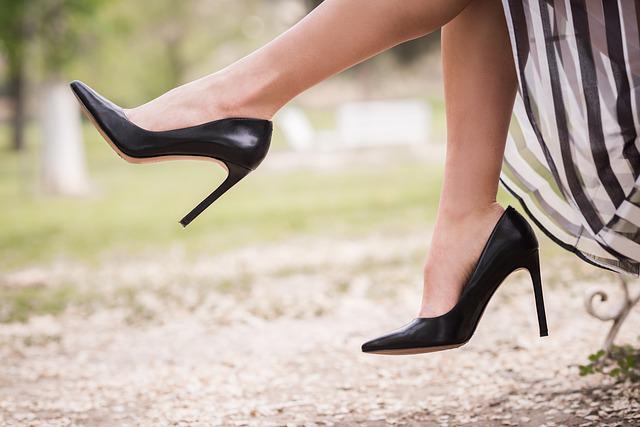
3 Areas of the Shoe
The makeup of a shoe is divided into three categories:
1. Leather selected for the top or upper side of the shoe which is the most visible. Leather chosen for this part of the shoe will be water and abrasion resistant. The sky’s the limit as to the choice of hides which derive from many species, both domestic and exotic. The variety of finishes can range from coarse, fine-grained, matt, glossy, metallic, etc. Most upper leather is chrome-tanned (a solution of chemicals, acids and salts) versus vegetable tanning (dying with organic materials such as woods, barks, and fruits) as a more durable dye for footwear.
2. The bottom sole leather is quite thick, abrasive resistant, not very pliable and usually is made from all vegetable-tanned leather.
3. Leather lining usually is built on the upper part of the shoe. It needs to be breathable, soft and robust. Leather from cowhide, calfskin, goatskin, sheepskin and pigskin are the typical choices.

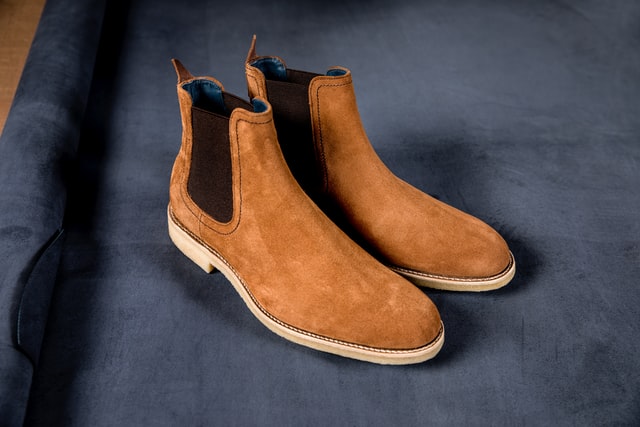
Types of Leathers
Investing in high quality leather shoes starts with a good understanding as to the types of shoe leathers offered. The most common leathers include:
1. Cowhide which comes from older cattle and is a byproduct of the meat industry. Its thickness, strength and fibrous characteristics make cowhide the number one choice for work or hiking boots.
2. Other Domesticated Animal Leathers:
· Pigskin leather which is thinner than cowhide but very durable
· Sheepskin known for being extraordinarily soft and warm used for both boots and slippers
· Goatskin (also called Morocco leather) is soft and flexible, light-weight and water resistant and is cheaper than its leather cousins.
· Lambskin – very delicate and lightweight known for its buttery texture, fine-grain and stretch-ability. A clue to premium lambskin footwear is the high price point as opposed to cheap lambskin shoes made with a miniscule amount of standard lambskin.
3. Rough-out, normally from cowhide and uses the rough flesh side of the hide on the outside, while the grain part remains underneath. It produces a soft nap and requires little to no maintenance. Used mainly for work boots.
4. Pull Up is cowhide leather that is heavily waxed and oiled. It requires little maintenance and will develop a rich patina and is used specifically for casual boots.
5. Chamois (also known as Shammy) is known for its softness, slight nap and water absorbency and is also used for casual boots.

6. Suede is the flesh side of the skin that has been buffed and sanded down to an even texture and comes from various domesticated animals (i.e. cowhide, sheepskin, and pigskin). Typically recognized by its matte finish and soft change in color when running a finger over it.
7. Scotch Grain (Pebble Grain) a textured process developed in Scotland that creates a signature pitted rhino-like appearance. The durable finish makes this leather more weather resistant and is commonly used for casual English Shoes.
8. Shell Cordovan – As we discussed in our last blog on Horween Leather, this rare leather is cut from the hind quarters of a horse which makes it incredibly water and stretch resistant and if treated properly will last for decades.
9. Calfskin – exclusively found in higher end men’s and women’s dress/formal shoes and more expensive than typical cow leather (full grain side leather of young calves). Calfskin is more prone to scuffing and scratching, so it is important to maintain a routine of polishing, buffing and nourishing this lovely leather while it develops a beautiful patina. Other leathers that fall in the calfskin category are Boxcalf (used exclusively by the luxury brand Hermes) and Veal which is a bit older and the leather is more coarse and less smooth.
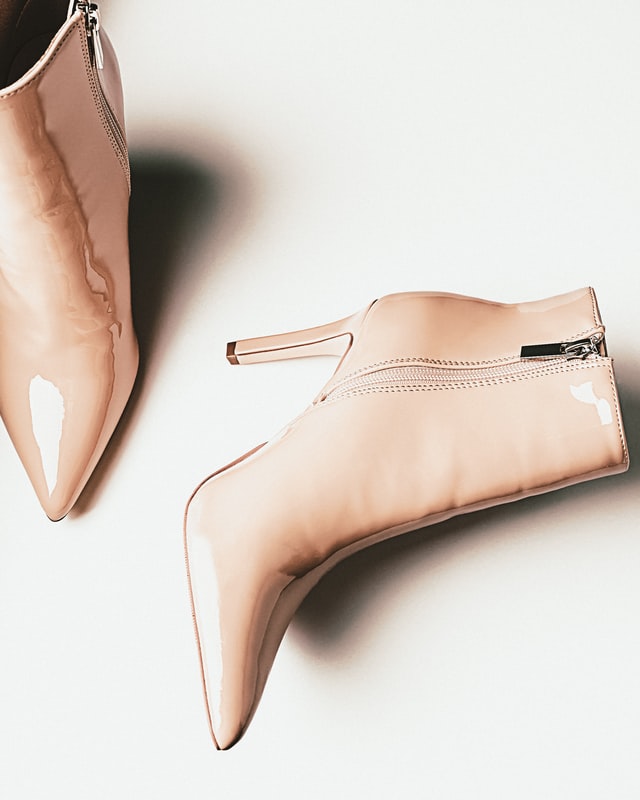
10. Patent Leather was historically used for manufacturing more formal dress shoe styles; patent leather is high polished calfskin. Recognized by its glossy, mirrored finish and can now be spotted in everyday footwear.
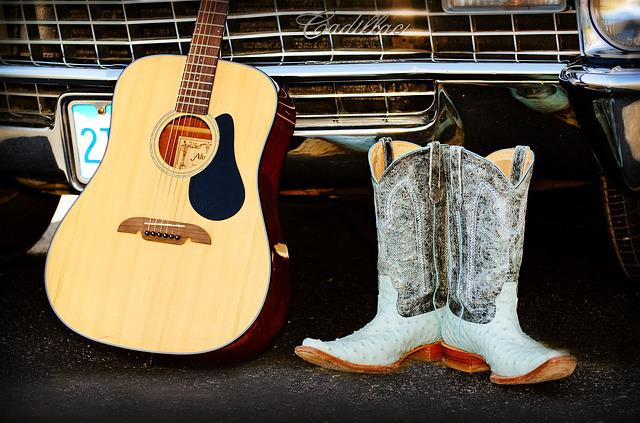
11. Exotics – Crocodile, Alligator, Ostrich, Shark and Lizard
Most fashion boots will be made from cow leather and embossed to replicate a particular animal hide. However, western or cowboy boot manufacturers are specifically known for using exotic leather hides which will be more exclusive and considerably pricier than most cowhide and the look and feel of these leathers are distinctive, rare and beautiful. Cow leather is popular as daily work western gear for its durability, however investing in boots made from an exotic hide elevates the rarity of the boot and communicates the owner’s sense of style.
Luxury leather shoes are a major investment while offering long term benefits. A quality pair of shoes backed by traditions, history, meticulous craftsmanship and premium materials will ensure a longer lifespan, ensure comfortability and support for your feet. In addition, a beautiful pair of leather shoes allows you to express your classic, status, and timeless style. -AJ
Share your thoughts in the comment section below or on Twitter!
Thank you for source content:
Misiu Academy – Types of Shoe Leather
Heddels – Know your Shoe Leathers
Leather Dictionary – Leather Shoes
Hat Tip to the following photographers:
Rupixen – Brown shoe
Greg Rosenke – Brown WingTips
Elljay – Ostrich Boots
Irene Kredenets – Shoe with adornment
Kier In Sight – Patent leather boots
Євгенія Височина – White leather sandals
Logan Weaver – Black Work Boots
Gerhard – Middle Ages Shoemaker
Stocksnap – Brown shoes on display
RAEng_Publications – Shoe Workshop
Noah Smith – Loafers
Eloigomez_– Black Leather pumps
Noah Smith – Men’s Suede Boots
Brian Stalter – Levi Leather Sneakers
SHARE POST
Customer Favorites
